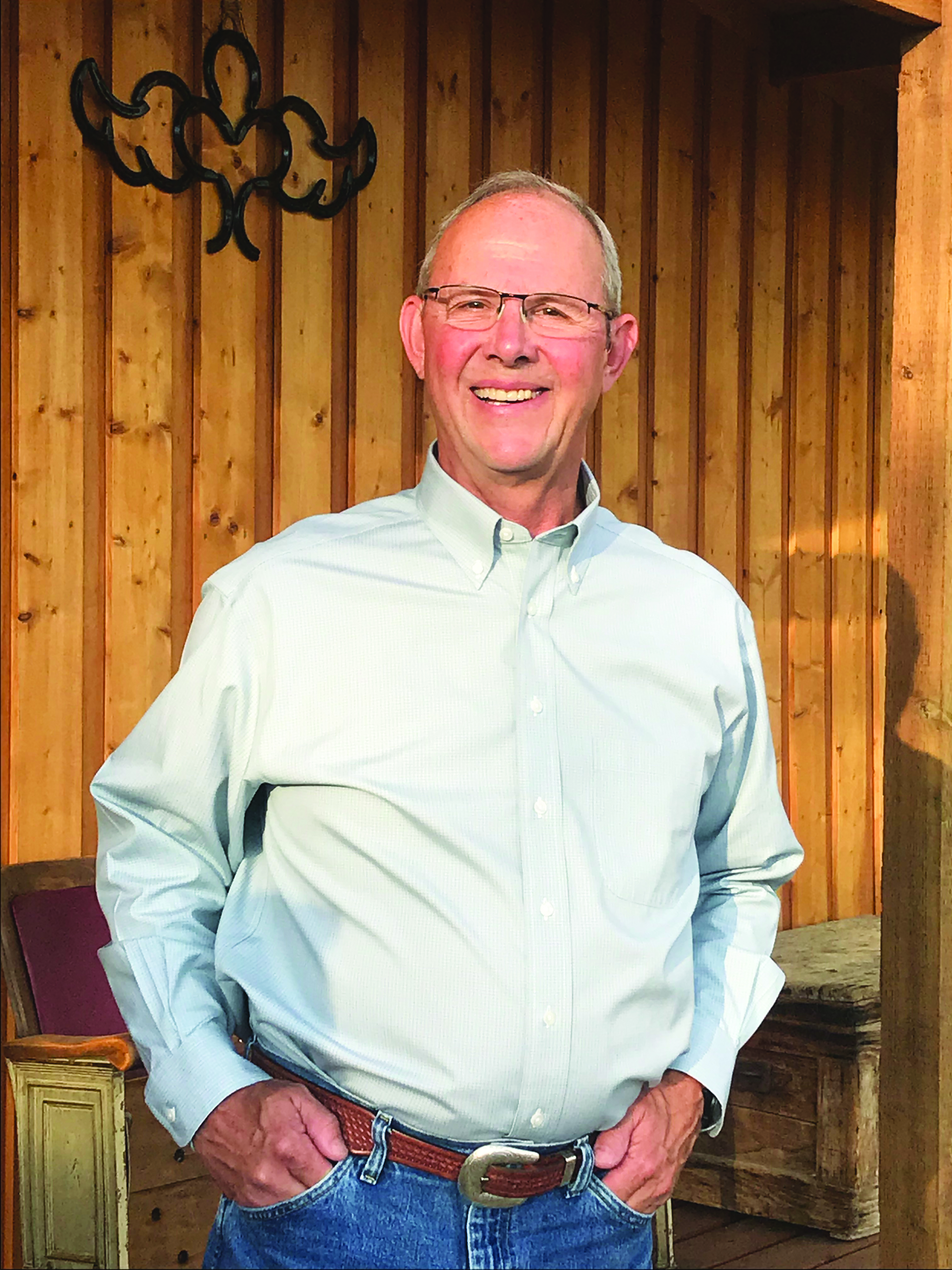2021 U.S. Pork Outlook: Volatility and A Little Optimism

The industry appears to be set for another year of large hog supplies that will stretch processing capacity and pork demand, says University of Missouri economist Scott Brown. Demand growth will need to continue in 2021 and any slowdown could make 2021 a tough year, he cautions.
Five respected economists in the pork industry share their outlook on what’s ahead in 2021.

Dan Basse, president of AgResource Company
AgResource’s outlook for the U.S. pork industry is for production to be up 2.4% in 2021 while input prices like corn/soymeal rise, thereby hurting margins. China is rapidly expanding its hog herd which will curtail red meat imports and raise their soybean/corn imports in the years ahead. Both will combine to squeeze U.S. pork producer margins. China’s hog carcass price should relax with time to equal other world exporters sometime late in 2021. How much China curtails its meat imports depends on its political adherence to Phase 1. U.S. corn/soybean prices only relax with record large South American crops. We forecast U.S. 2020/21 soybean/soymeal supplies to be exceptionally tight. Pork producers need to be locking down feed costs into late winter on strong CBOT corrections. U.S. domestic pork demand is surprising record large. Post-COVID-19 demand has been the bull driver of product prices since May. The demand does not appear to be slowing down. Americans are consuming more meat at home than with foodservice.
Scott Brown, economist at University of Missouri
What is known with relative certainty is supplies of pork will be large in 2021. While the most recent Hogs and Pigs Report showed a 1.5% decline in the breeding herd as of Sept. 1, productivity is likely to grow by a similar amount, canceling out the reduction in fewer sows. Even if steeper cuts to the breeding herd are made before the end of 2020 and pork production declines in 2021 relative to this year, production will still be higher than any year prior to 2020. The demand outlook is mixed, with longer-term consumer response to this year’s COVID-induced recession yet to be determined. While meat and pork demand at grocery outlets has been brisk, many restaurants remain limited by COVID restrictions. The rate at which full restaurant re-opening takes place is one of many unknowns, along with how stressed consumer finances will be next year, depending upon further federal government stimulus.
Although it will still be some time before China is not importing large amounts of pork, the recent growth in exports will be difficult to match in 2021. All the unknowns on the demand side will lead to volatility in hog markets. While the markets will likely afford some opportunities to lock in profits for 2021, the year could be a tough one financially. While it is impossible to perfectly pick the highs, knowing opportunities of relatively higher hog prices are likely to present themselves during the year and being poised to lock in those prices for at least a portion of your production can make a big difference in surviving an overall difficult financial environment.

Dermot Hayes, economist at Iowa State University
It should be a profitable summer and a modestly profitable year, but that is what we thought this time last year as well.

Christine McCracken, executive director – animal protein at Rabobank
It is likely to be another year of volatility in the U.S. pork industry – but it would be difficult to top 2020. The industry is ending the year on a high note. Strong export demand following the discovery of African swine fever (ASF) in Germany and the subsequent ban on German exports into key markets creates an unexpected opportunity for U.S. processors. Exports into Japan, South Korea and China are expected to remain supportive to prices to start the year, but remain unpredictable – especially given the current political climate and the questions around whether Germany can win less restrictive trade terms. Recent market strength has allowed U.S. producers to limit losses in 2021, but they need to remain vigilant in controlling costs and looking for opportunities to manage risk.

John Nalivka, president of Sterling Marketing
I am optimistic, but preface that by saying where we are today is a result of the strong export market which is largely driven by our exports and sales to China. I anticipate continued relatively tighter supply and hog numbers into the first quarter. As we go into the second quarter, that supply of hogs is going to grow because I think the industry has adjusted, with producer margins well into the black now and making money. I’ve got hog numbers up 9% in the second quarter, as we begin to see some growth this fall with increased farrowings, that’s still against a 6% drop in the second quarter of 2020. Assuming everything continues to run smoothly with regard to the market, then we'll get producers back on that growth rate they were at prior to COVID-19, generally 3% to 4% growth year over year in each of the quarterly inventories. My price forecast generally runs ahead of 2020. During the first half, that's not very difficult, obviously. When we get into the fourth quarter, I see prices start to weaken some so that basically leaves me with hog prices relatively close to where we were in 2019.
This is the first story in a three-part series. Read the full series.
More from Farm Journal's PORK:
Don’t Assume Anything in 2021, Economists Advise Pork Producers
Hard Questions the Pork Industry Needs to Tackle in 2021








